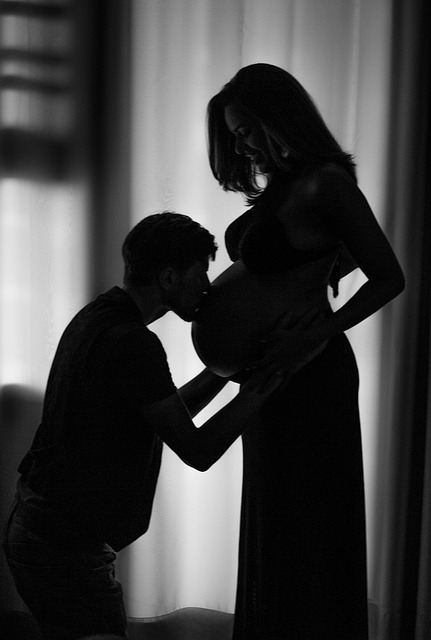My partner, Jake, and I had always envisioned a life filled with children—often discussing our hopes for a family. We imagined welcoming multiple kids, ideally after a few years of marriage. When he proposed, the dream felt within reach until the next day, when everything changed drastically. Jake collapsed during a company softball game and was rushed to the hospital. It was there, in the emergency room, that I first referred to myself as his fiancée.
Within hours, a CT scan revealed cancerous growths in his brain. Just ten days after our engagement, we were meeting with his parents and a social worker to discuss the extensive treatments he would need—including chemotherapy and radiation. The topic of fertility preservation arose, and before I could fully process it, Jake’s mother chimed in, affirming our desire to have children in the future.
That decision led us to a fertility clinic, where Jake made several sperm deposits to be frozen. Meanwhile, I researched egg freezing and discovered that creating embryos would yield better chances for success than just freezing eggs. We decided to move ahead with the embryo route right away.
Fortunately, Jake’s health improved. As we navigated the lengthy process of genetic testing and legalities required by the clinic, we prepared for our wedding. Shortly after tying the knot, we began fertility treatments. Our first attempt resulted in 12 viable eggs, which produced eight healthy embryos. We implanted two and froze the remaining six.
With chemotherapy’s potential side effects on sperm, we understood that Jake’s sperm deposits might be our only chance. Luckily, both embryos successfully implanted, and we welcomed twin girls 35 weeks later. Our clinic continued to reach out each year, asking if we wanted to keep our embryos stored. With uncertainty about expanding our family, we paid the fees but didn’t know what the future held.
Miraculously, Jake’s sperm returned to normal after his treatment. We were even blessed with a third child naturally, without needing any medical assistance. When the clinic inquired about our frozen embryos again, we faced a tough decision. Due to complications during my second pregnancy, we decided against having more children, even with those six precious embryos waiting.
However, letting go of those embryos was a difficult process. Legal restrictions made it impossible to donate them to others, and the option to destroy them was painful. They were part of us, our potential family, and their loss felt significant. I grappled with the emotional aftermath of our choices, wishing I had spoken to others with similar experiences before making such weighty decisions.
Fertility preservation came with unforeseen complexities, and while I have no regrets, I encourage anyone considering this path to think about the end of the journey—not just the joy of potential children but also the grief that may accompany it. For further insights into fertility and home insemination, check out this blog post on our site here and explore this comprehensive resource on in vitro fertilisation.
In summary, fertility preservation is a journey filled with hope and heartache, requiring careful consideration of both the potential joy of children and the difficult decisions surrounding unused embryos.
Keyphrase: Fertility Preservation
Tags: [“home insemination kit”, “home insemination syringe”, “self insemination”]
